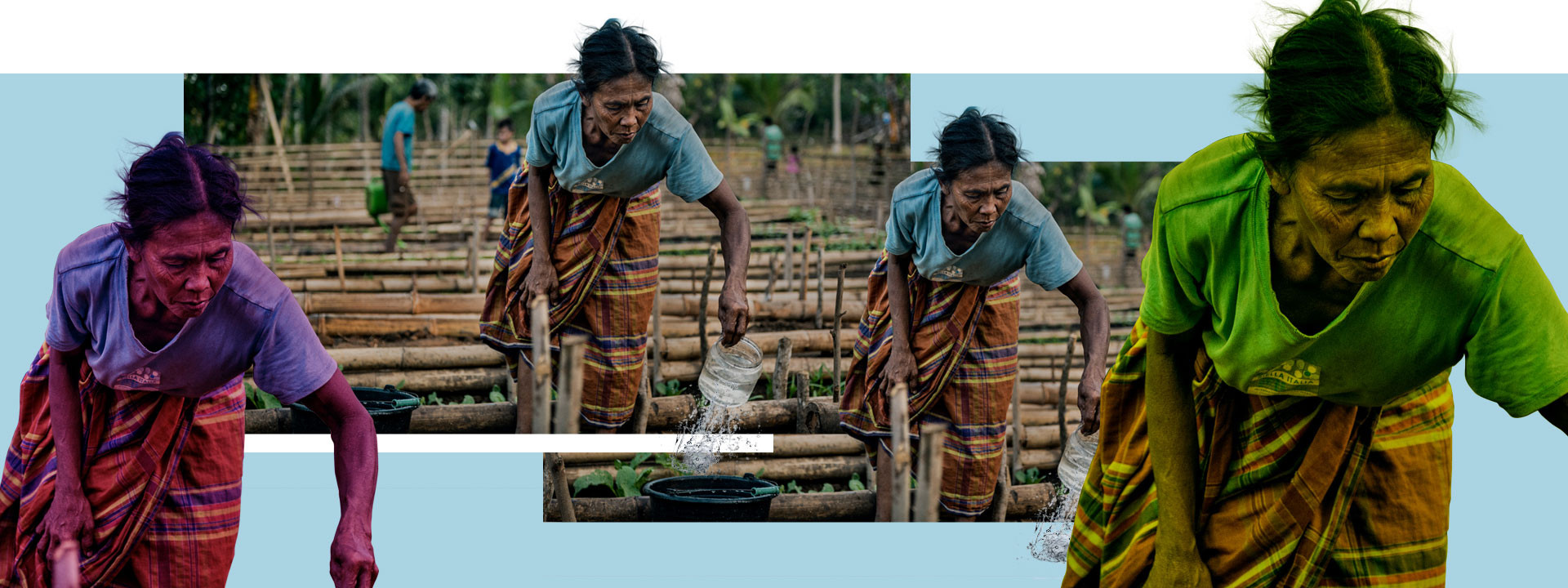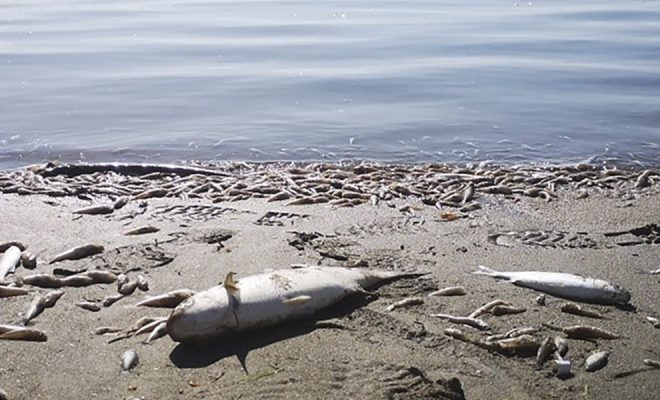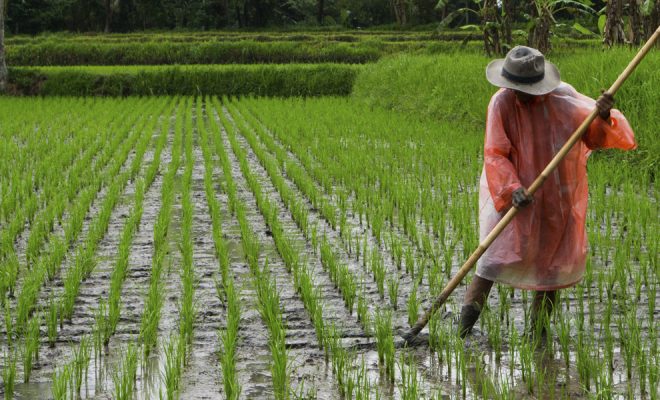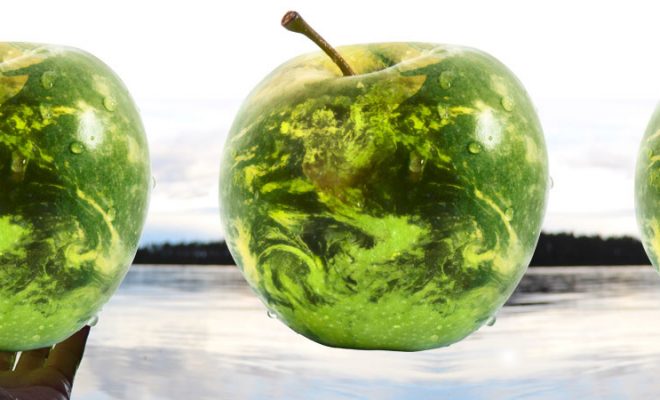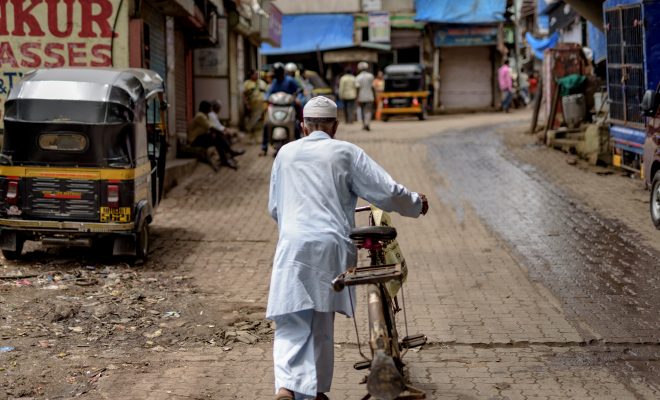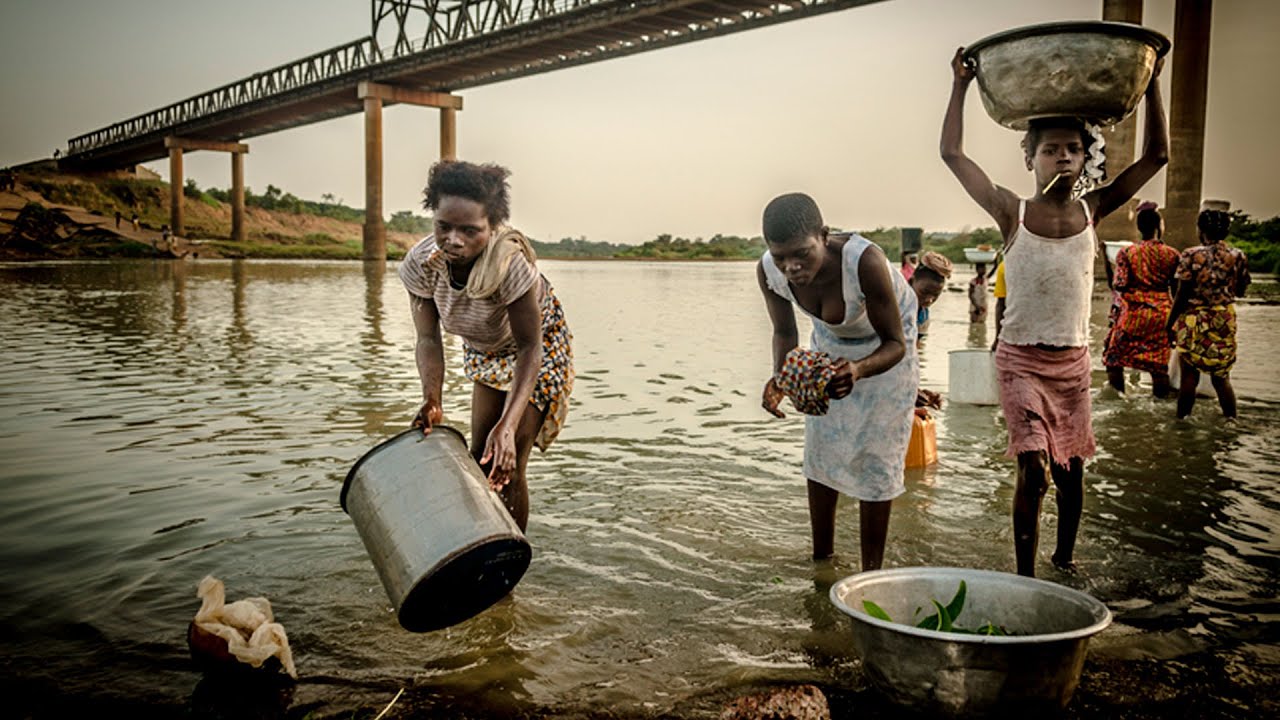
The world’s slow and relentless transformation began about 12,000 years ago when Homo sapiens started to sow seeds and domesticate animals. Then, the human species began to alter nature to obtain food without having to move; the abundance of calories, obtained mainly from cereals, made it possible to create cities and craft industries, and the population began to increase like never before.
Since then, agriculture and animal breeding have been the basis for human survival, but with notable differences between the rich and the poor worlds. In the former, the industrialization of crops and the exploitation of livestock has been unstoppable since World War II. As a result, fertilizers, insecticides, and animal feed soon became essential to maximize the economic profitability of farms. On the other hand, technological development allowed the creation of “macro-farms,” facilities that aim to produce as much food as possible at the best price to compete in the global market.
The massive industrialization of the “rural areas” is a fact that some scientists consider to be one of the indicators of the Anthropocene, the geological era characterized by the alteration humankind has caused on Earth.
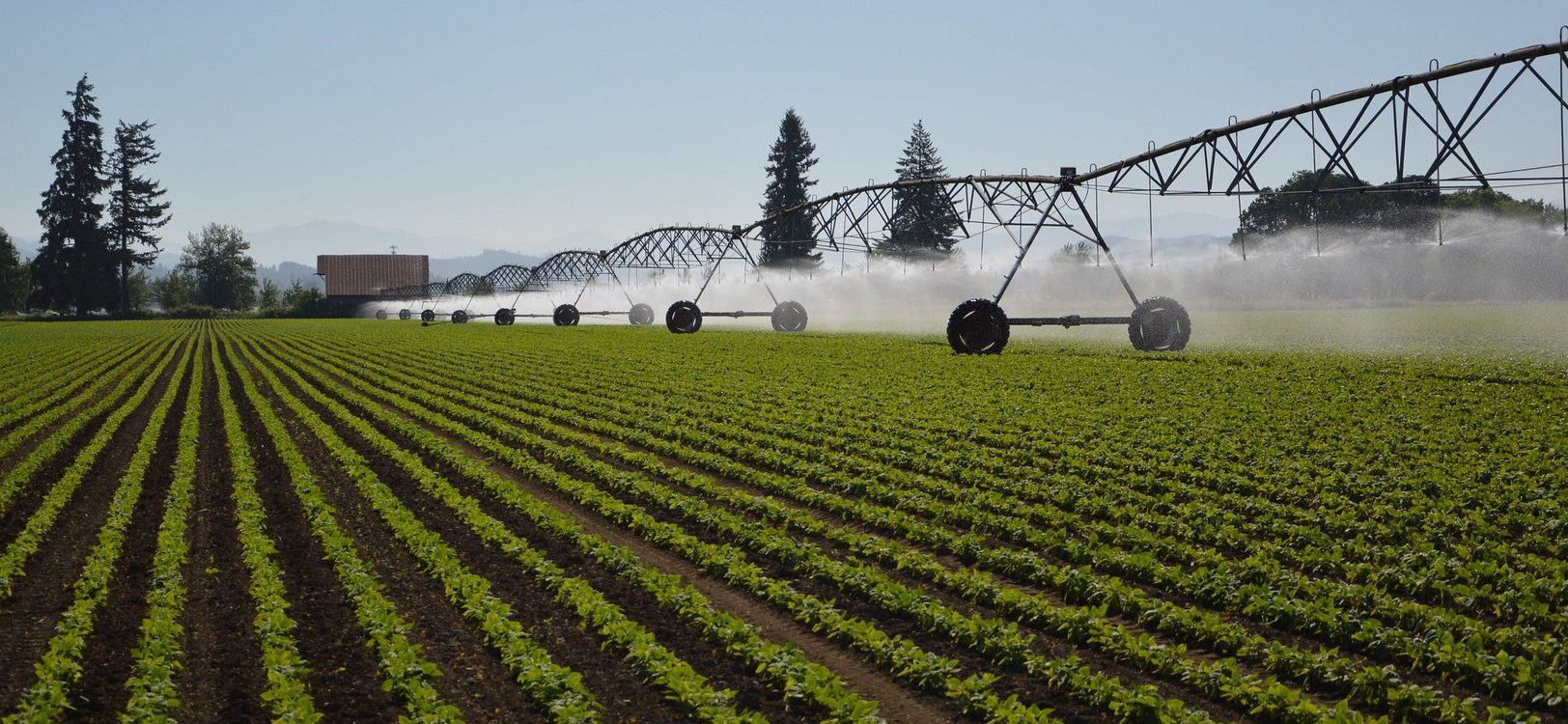
We must be able to provide food security for 8 billion people without damaging the environment. Water free of pollutants will indicate that we have achieved this. © NRCS Oregon
The scourge of fertilizers and pesticides
According to FAO, the production of global phosphate and nitrogen fertilizers increased from 51 million tons in 1961 to 187 million tons in 2019. Agricultural land receives about 115 million tons of inorganic nitrogen fertilizers annually. About 20% of them end up in soils and biomass, passing into water bodies through irrigation, the largest generator of wastewater on the planet, more than cities and industries. Furthermore, 35% of this freshwater contaminated by fertilizers is estimated to end up in the oceans.
As far as chemical pesticides are concerned, over the last 50 years, the market has grown from around US$900 million per year to more than US$35 billion. FAO reports that more than 4.6 million tons of these products are released into the environment each year. Seventy-five percent of this volume comes from economically developed countries. Still, the poorest bear the brunt of the consequences: 99% of deaths due to pesticide poisoning occur among those with the least health resources.
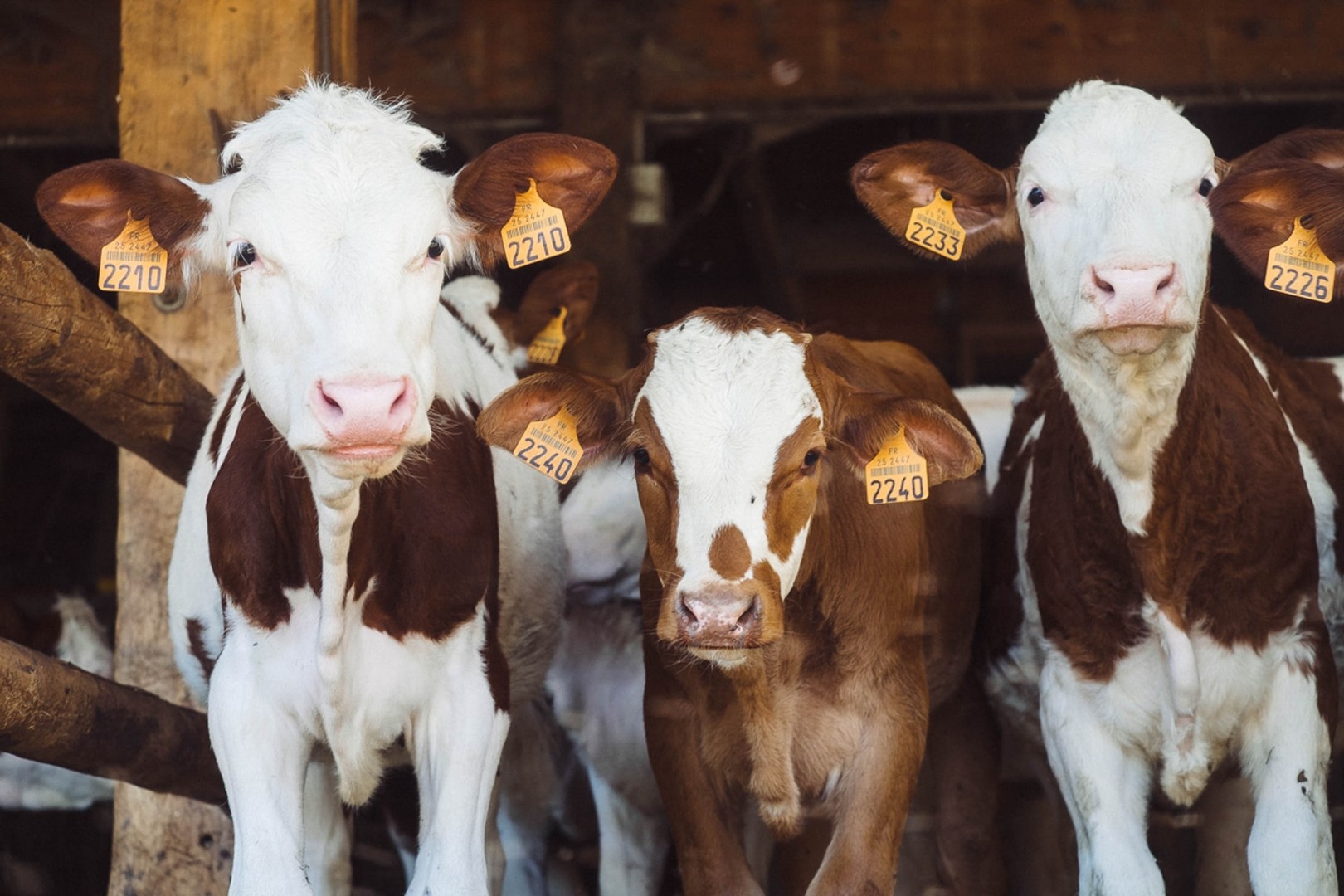
Intensive livestock farming has spread, causing high pollution from the slurry, a liquid mixture of animal excrement and urine. © Annie Spratt – unsplash
Livestock development, in the eye of the storm
The growth of livestock farming also yields spectacular figures. The number of livestock has more than tripled worldwide since 1970: there are now some 25 billion chickens, 2.1 billion cattle, and 950 million pigs on Earth. Cattle alone are estimated to be responsible for about 14.5% of anthropogenic greenhouse gas (GHG) emissions worldwide: carbon dioxide (CO2), methane (CH4), and nitrous oxide (N20).
Intensive livestock farming has spread, causing high pollution from the slurry, a liquid mixture of animal excrement and urine. The slurry is rich in nutrients, such as nitrogen and phosphorus. Still, when concentrated in excess, as occurs in macro-farms, it causes significant health and environmental damage that affects practically all bodies of water. Pig farms are the ones that generate the most significant amount of slurry: two cubic meters per pig per year, which means around sixty million tons annually.
As with agricultural fertilizers, water pollution by slurry is now much more widespread than the organic pollution of sewage from urban areas. This pollution affects billions of people and generates billions of dollars in annual costs.
Damage to health and the aquatic environment
Water contaminated by slurry increases the risk of diseases such as gastroenteritis, typhoid fever, hepatitis, and leptospirosis and can also be carcinogenic. Therefore, the WHO recommends not consuming water containing more than 25 milligrams of nitrates per liter. Moreover, the animals’ urine also excretes the antibiotics, vaccines, and growth hormones that are systematically administered on these farms; these products become part of the so-called emerging pollutants increasingly present in water used for consumption.
Eutrophication is the most significant alteration caused by intensive agriculture and livestock farming in the environment. It is a process by which nitrates and phosphates from fertilizers and sewage fertilize algae and phytoplankton; these reproduce uncontrollably, unbalancing the receiving ecosystems. The worst comes when algae and plants die in areas where water is poorly regenerated since, as they decompose, they generate zones without oxygen (hypoxia) where aquatic life cannot survive.
A textbook case of the damage caused by eutrophication is that of the Mar Menor estuary in southeastern Spain. This lagoon, for decades one of the most degraded aquatic areas due to uncontrolled agricultural practices, suffered in October 2019 an episode of heavy rains that dragged between 500 and 1,000 tons of nitrates and more than 100 tons of phosphates into its waters. Three weeks later, three tons of fish and crustaceans died due to a lack of oxygen.
FAO estimates that hypoxia resulting from artificial eutrophication affects an area of 240,000 km2 worldwide, including 70,000 km2 of inland waters and 170,000 km2 of coastal regions. Therefore, artisanal subsistence fishing, which is practiced by about 40 million people worldwide, is seriously threatened by this problem.
Beyond pollution
In recent years, intensive agriculture and intensive livestock farming have been considered by UN agencies and NGOs as the most unsustainable practices since, in addition to polluting, they give rise to land management subject to economic interests that, in many cases, are above human rights. Very often, they also affect how land is used and, consequently, have an impact on food security in a world already populated by 8 billion people, where it is urgent to care for the subsistence of those suffering from famine, increasingly threatened by neglect, violence, and climate change.
There are too many cases in which the expansion of industrialized agriculture has been carried out at the expense of the traditional agriculture on which the subsistence of local communities was based. This is the case of soybean and avocado crops that destroy the tropical savannah of Brazil and displace the indigenous people; the massive production of palm oil deforests large areas of Indonesia, Thailand, Nigeria, and Malaysia; and rubber production has created severe alterations in the ecosystems of several countries in Asia, Africa, and Latin America. Moreover, these economic activities often hide abusive working conditions and the illegal use of child labor.
On the other hand, industrialized agriculture and livestock farming are part of an international market that generates the highest water consumption rate among all human activities: almost 92% of the planetary water footprint corresponds to food production, and food of animal origin is among the most water-intensive. If you check our mobile app, We Eat Water, you can see for yourself. The fact that ten intensively farmed pigs use as much water as one individual can give us some idea.
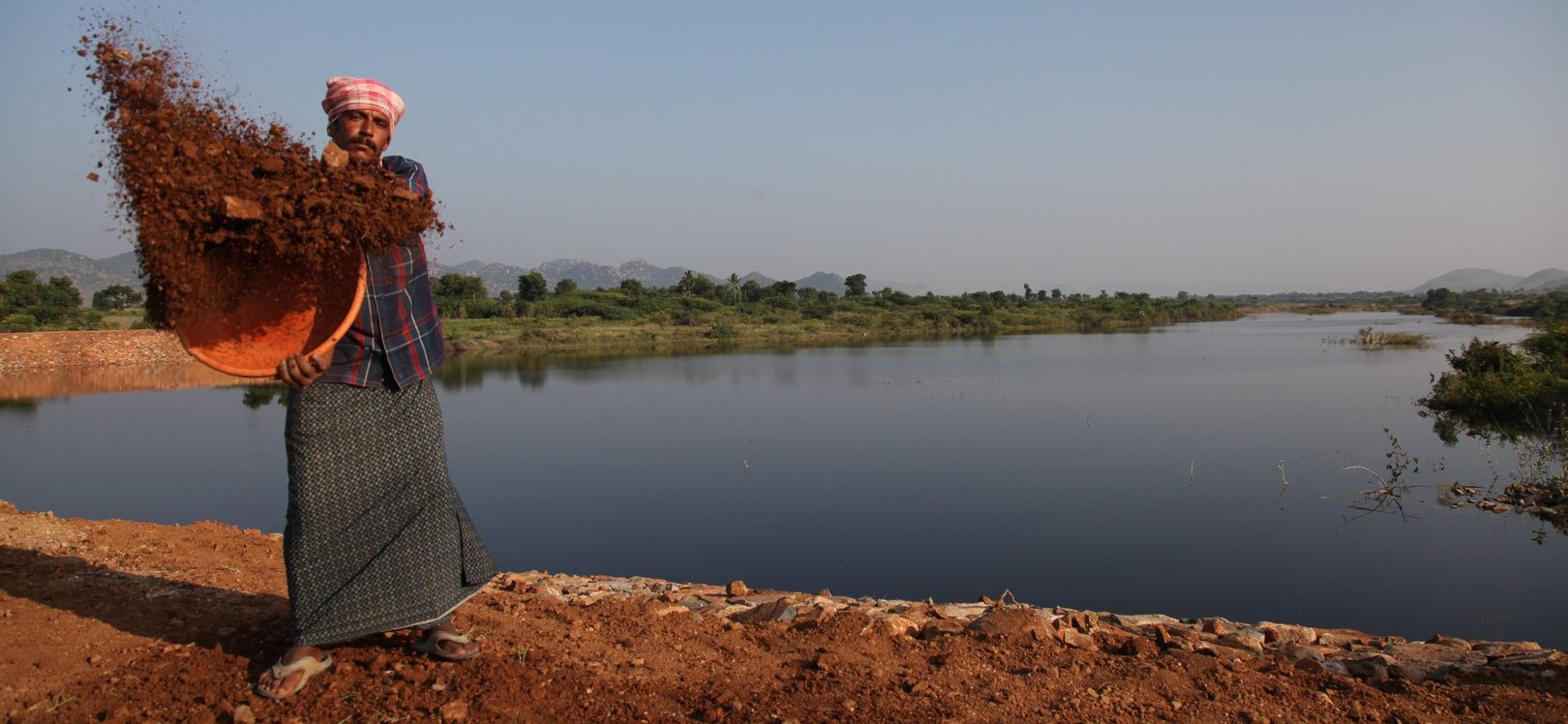
Furthermore, adopting traditional farming techniques and education prevents environmental degradation, and sustainable growth can be achieved without invading natural spaces. © Fundación Vicente Ferrer
Solutions are complex and difficult
The dense socio-economic interweaving of food systems means that finding effective and fair solutions to the problems generated is perhaps one of the most difficult challenges we face in creating a “sustainable” world.
The efforts of international governance have significantly increased in recent years. The European Union is one of the leaders with its Nitrates Directive, which aims to protect groundwater and surface water from agricultural sources and promote sound farming practices.
On the other hand, more and more scientific reports support the need for nutritional change among consumers in industrialized countries. These changes are based on reducing meat consumption and promoting the consumption of products of vegetable origin. This recommendation has generated considerable controversy, especially since the IPCC presented its Special Report on Climate Change and Land at COP 25. The document advocates a global “balanced diet” to mitigate global warming, reduce the carbon footprint of food production and trade, and gain land for other non-food uses.
FAO argues that, beyond nutritional changes, it is necessary to address agricultural and livestock pollution systemically, acting simultaneously at several levels: implementing appropriate preventive and corrective measures, using treatment technologies, and developing sustainable farming practices. Among the latter, regenerative agriculture focused on building and maintaining soil, biodiversity, and ecosystem health, using organic fertilizers and traditional farming methods, is the best option. Our experience in projects in Nicaragua, India, Bolivia and Peru with the goal of soil and water regeneration confirms this. Furthermore, adopting traditional farming techniques and education prevents environmental degradation, and sustainable growth can be achieved without invading natural spaces. So, yes, a change of course is possible. Water free of fertilizers and pesticides will indicate that we have succeeded.


